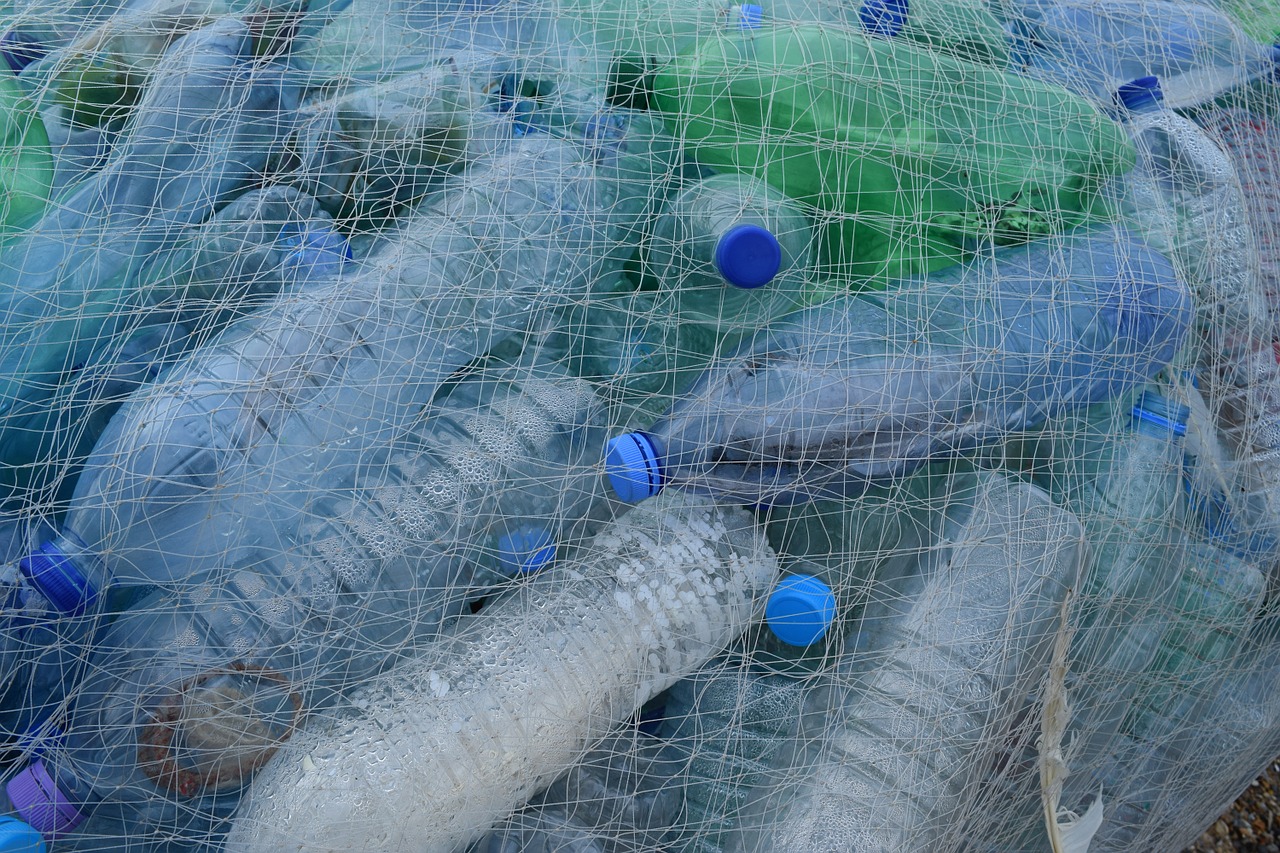Thermoplastics are polymers that become mouldable upon application of heat and solidify upon cooling, without undergoing any disintegration of molecular structure or mechanical properties.
Acrylic, ABS, nylon, PLA, polyether sulphone, polyether ether ketone, polyetherimide, polyethylene, polyphenylene oxide, polyphenylene sulphide, polypropylene, polystyrene, polyvinyl chloride, and Teflon are some of the most popular thermoplastics with wide ranges of applications in consumer products as well as Defense.

The article will concisely explain their properties, manufacturing methods and applications.
Properties
- Deformation: Unlike metals, thermoplastics do not have any proportionality limit in the stress-strain curve, and has non-linear behavior. It undergoes three forms of deformations – instantaneous elastic deformation, time-dependent viscoelastic deformation and time-dependent irreversible deformation.
Thermoplastic deformation has many applications including silicon surface processing for medicines. - Viscoelastic Creep: Controlling viscoelastic creep by reducing continuous stresses can is the key to producing sturdy plastic materials with long service life. Even the sturdiest thermoplastic polymer deforms over time.
- Impact Strength: Impact strength may vary depending on the way in which the polymer fibres are stacked. Thermoplastics can be made as flexible as any rubber or tougher than steel. This makes them suitable for use in aerospace applications, including heat shield or combustion chamber material.
- Weight: Thermoplastics, due to their stacking configuration and high molecular weight, have lower overall weight. This leads to a high strength-to-weight ratio in thermoplastics with high impact resistance and toughness.
Manufacturing Process
Thermoplastic products are produced using injection moulding technology and machinery. IM for thermoplastics is mostly used for building complex designs for large industries in bulk. Some excellent examples are aircraft turbine blades and engine cowl.
The thermoplastic melt is forced into a mold cavity under pressure. The cavity is filled with plastic, and the plastic changes phase to solid; resulting in the product.
Typically, injection pressures range from 5,000 to 30,000 psi.
This process is capable of producing large numbers of parts at very high levels of precision. Holding tolerances of less than 0.0025 mm is easily accomplished with the right combination of material, part design, and mold design. Even tighter tolerances can be held with additional effort.
Extrusion and thermoforming are also used for producing thermoplastic products. These methods are more suited for the consumer goods industry.
Applications
Injection-moulded thermoplastics have a wide range of applications. Some of them include ballistic glass and riot gear, aircraft chassis, bezels, engine housings, cabin interiors, and turbine blades, rocket nozzles, rocket fuel, automobile interiors, and chassis, and many others.
Manipulating temperature and adding additives is revolutionizing and paving the way to newer thermoplastics with a broad spectrum of applications.





